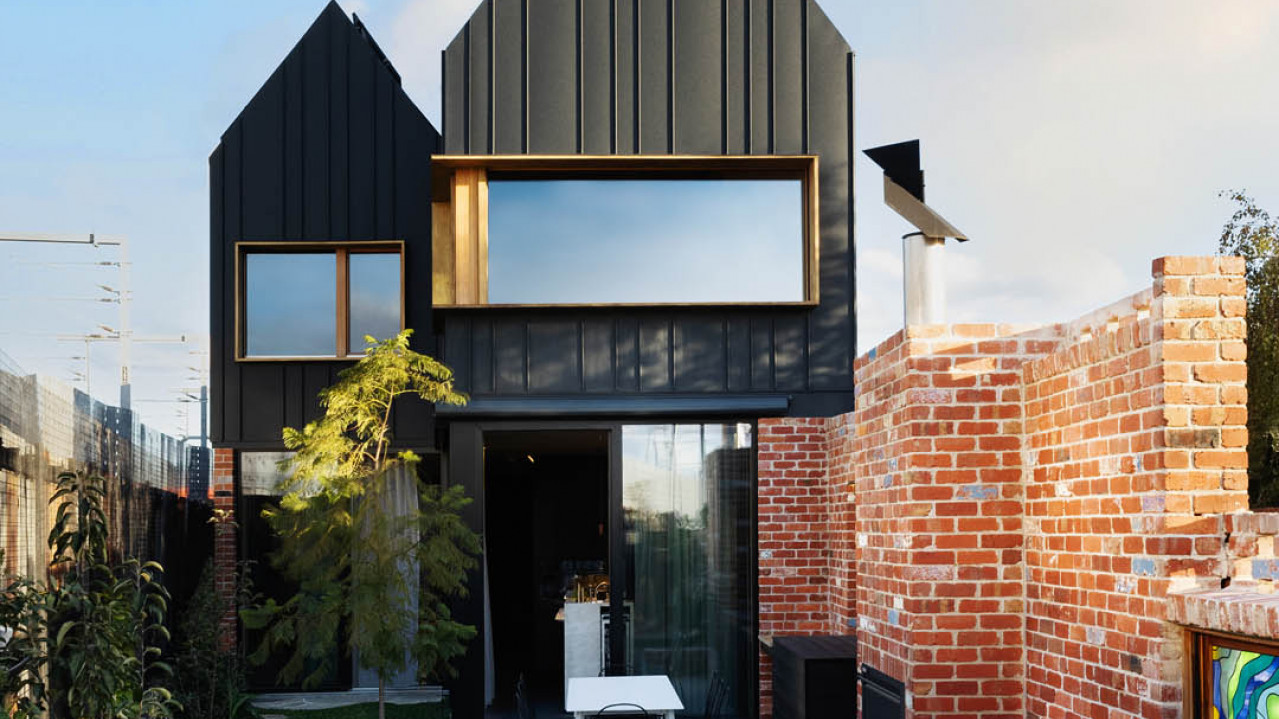
A net zero home powered by the sun
An energy efficient passive home
Being energy independent was just one of Felicity and Marc Bernstein’s biggest ambitions when they built a new net zero energy home in Victoria. But what made their family home, The Hutt 01 Passive House, unique was also the opportunity to showcase what a passive house does as featured in Grand Designs Australia.
Architects by training, the Bernsteins realised the uptake and potential of solar in Australia was not matched by the design and development of energy efficient homes. The Bernsteins had originally designed and built a passive house in Germany for their family that is based on five guiding principles. They believe a passive house promotes a sustainable and energy efficient lifestyle without compromising on the comforts and luxuries homeowners desire.
The principles of a passive house explained
While passive houses would share the same principles around the cooling of a home similar with a typical ‘traditional Queenslander’, passive houses require very little heating or cooling to keep the temperature levels in a home comfortable all year round.
Felicity explained, “A passive house is thermally well-insulated, just like it feels like you would wearing a thick jacket out in the snow. Unlike Australian homes that tend to be quite ‘leaky’, passive houses are designed to be airtight, so it keeps the temperature in a home consistent rather than having it exposed to the temperatures outside.”
One of the key features in Hutt is the smart heat recovery system that keeps fresh air circulating in a home at a pre-set temperature. The system is connected to four bedrooms, two living areas and three bathrooms.
“We’ve been able to set the temperature of our home to be around 20 degrees throughout the year and it doesn’t require you to heat the home during winter and this makes it very energy efficient. The only source of heating would be coming from people living at home or when home appliances such as an oven is switched on,” Felicity said.
Even during cold winters, a passive house maintains a consistent temperature that its occupants can set as a comfortable temperature they can live with without the need for the house to be heated. This can be achieved through adhering to the design principles for a passive house that includes good insulation, windows and shading.
Less heating and a healthier home
Felicity estimates that 80% of energy is used to keep homes heated and a passive house can help the Berstein’s reduce their energy usage. During summer, she expects a fairly small load will be needed to keep the house cool.
“We might need a little air conditioning during summer to keep Hutt cool. However, that is the time of the year when our rooftop solar system is generating the most energy. Hutt’s thermally protected design means it remains cool for a long period of time,” she added.
With a 10.8kw rooftop solar system and a German engineered sonnenBatterie, it powers Hutt’s energy requirements through the day and night including the heat recovery system that maintains a comfortable temperature throughout the home all day during summer and winter.
The filtration of air circulated through the heat recovery system twenty four hours a day and this makes the Hutt house a healthier home as the air is always filtered removing dust particles or pollen that commonly occurs in many households.
Intelligent energy storage for an intelligent design
Felicity liked the design of the sonnenBatterie and was impressed by the quality of the energy system and that is backed by a heritage of German engineering. “The sonnen battery is well designed and it just stands out in our garage.”
“We monitor the performance of our sonnenBatterie on the sonnen app and it gives us great insights into how much energy we use, produce and how much energy has been stored in the battery. This is a really insightful app and the data it produces feeds into the overall insights on how well Hutt is functioning.”
Hutt will be one of the houses showcased during Sustainable House Day on 17 October 2021. On the journey of building Hutt, the Bernsteins reflected on how important it is for people to experience what a passive house can offer.
Felicity said, “The way houses are traditionally designed in Australia tend to be leaky and we’ve developed a habit of opening windows to cool a house or installing centralised heating and cooling systems because it’s an appliance we’re familiar with.”
“Not everybody understands that you don’t have to make a lot of compromises to your lifestyle if you live in a passive house. This is just like choosing to install energy storage and solar. It supports a more sustainable lifestyle, gives you the luxuries you appreciate in your home and aids your conscious choices that are good for your household without having to make significant changes.”
Join the thousands of Australian households who’ve opened the door to a more self-sufficient and energy-independent future with a solar battery. To get started on your energy independence journey, explore the sonnen product range, including the sonnenBatterie Evo, and the home battery schemes that provide rebates, subsidies or interest-free loans to households who intend to install solar batteries.
Also, be sure to use our free online energy savings calculator to see your estimated savings over a 10-year period.







